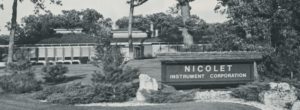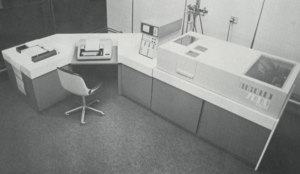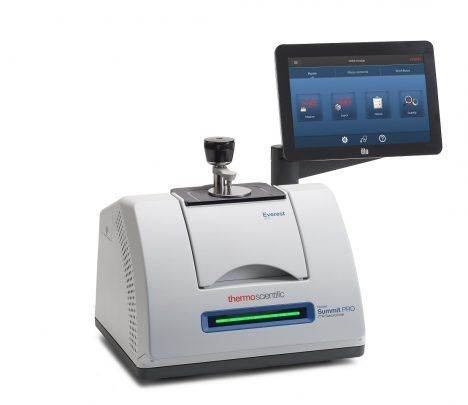In 1634, French adventurer and trader Jean Nicollet (Nicolet), Sieur de Belleborne, became the first European to enter what is now one of the fifty states of the United States: Wisconsin. Jean Nicollet was originally sent to the Great Lakes Huron and Michigan to negotiate peace with the local Ho-Chunk Indian tribe in the interest of the smooth fur trade. Thanks to his perfect memory, talent for studying languages, and Jesuit education, he often acted as a peace negotiator between various Indian tribes. Nicollet lived with the Indians for several years in a marriage with a native girl, from whom he took his daughter Euphrasine-Madeleine Nicollet. The adventurer, traveler, and man who was the first white man to penetrate the furthest reaches of these remote areas full of large lakes and waterways, however, could not swim well. He drowned while sailing in the waters off Quebec in October 1642. His funeral and that of three other men who sailed with him were held on October 29. Their bodies were never found.

329 years later, Nicolet Instrument Corporation was founded in Madison, Wisconsin, in 1971. The company was founded and built by Robert Schumann, a Madison native, using money from the success of the MCA (Nuclear Data, Fabritek) multichannel analyzer companies. Originally a small company named in honor of the intrepid adventurer of old, the Nicolet name quickly grew and made a name for itself worldwide by producing cutting-edge vibrational spectroscopy instruments.

As early as 1977, the company introduced its very first Fourier transform infrared (FT-IR) spectrometer, the Nicolet 7199. The main materials used were chipboard and light blue umakart, and its size took up an entire standard laboratory. With this technologically revolutionary instrument, Nicolet’s era of dominance in the field of vibrational spectroscopy began. Already in 1977, the Nicolet 7199 was capable of a spectral resolution of 0.06 cm-1 and measurements in the range of 25,000 – 10 cm-1.

Applications of vibrational spectroscopy expanded over the next decade, and Nicolet continued to innovate and expand its portfolio. When USDA scientist Karl H. Norris began to vigorously promote the use of near-IR (NIR) spectroscopy to assess the quality of agricultural products in the 1980s, Nicolet was well positioned to provide instrumentation specifically for food scientists. In the following years, applications of NIR spectroscopy were also developed in the chemical, polymer and petroleum industries. Pharmaceuticals, biomedical sciences and environmental analysis followed.
In the 1980s, spectral analysis was greatly simplified by a new technology: the personal computer. Nicolet engineers were able to write a program for desktop computers connected directly to the spectrometer, and named this software OMNIC. It was able to perform specialized and, until then, extremely user-intensive operations, such as searching for specific peaks in measured FT-IR and FT-NIR spectra, a function that is now a given for any spectral analysis.

In July 1992, Thermo Instrument Systems, the predecessor to Thermo Fisher Scientific, purchased Nicolet Instrument Corporation. This combined the innovation and highly specialized expertise of the Nicolet team with the productivity and global sales experts of Thermo Instrument Systems. The combination of experience and productivity meant that Thermo Electron, as the newly merged company was named, quickly became a widely known and trusted name in vibrational spectroscopy. Thermo Electron later expanded again, merging with Fisher Scientific in May 2006. Thermo Fisher Scientific was founded. This allowed them to devote even more resources to providing integrated, comprehensive technical solutions and state-of-the-art instrumentation, including new innovations in the Nicolet FT-IR spectrometer line and a complete new line of Raman spectrometers and microscopes.
